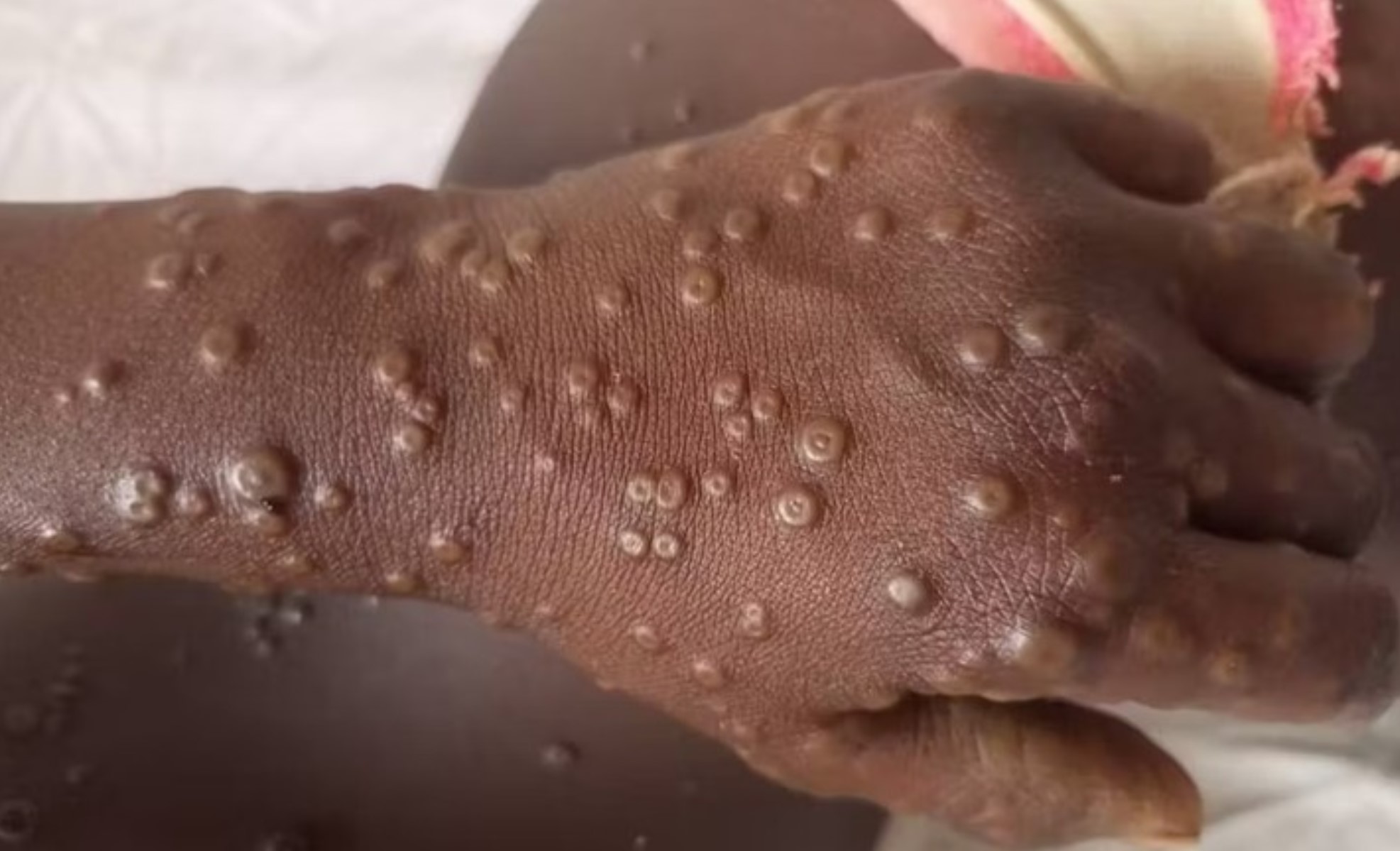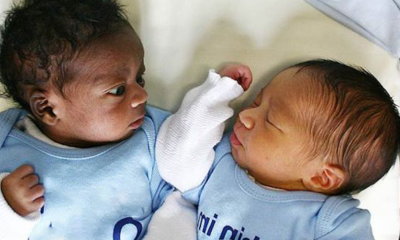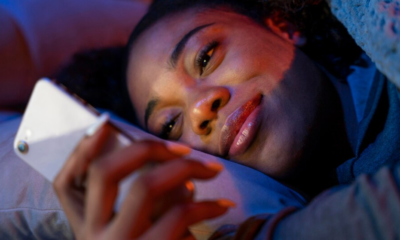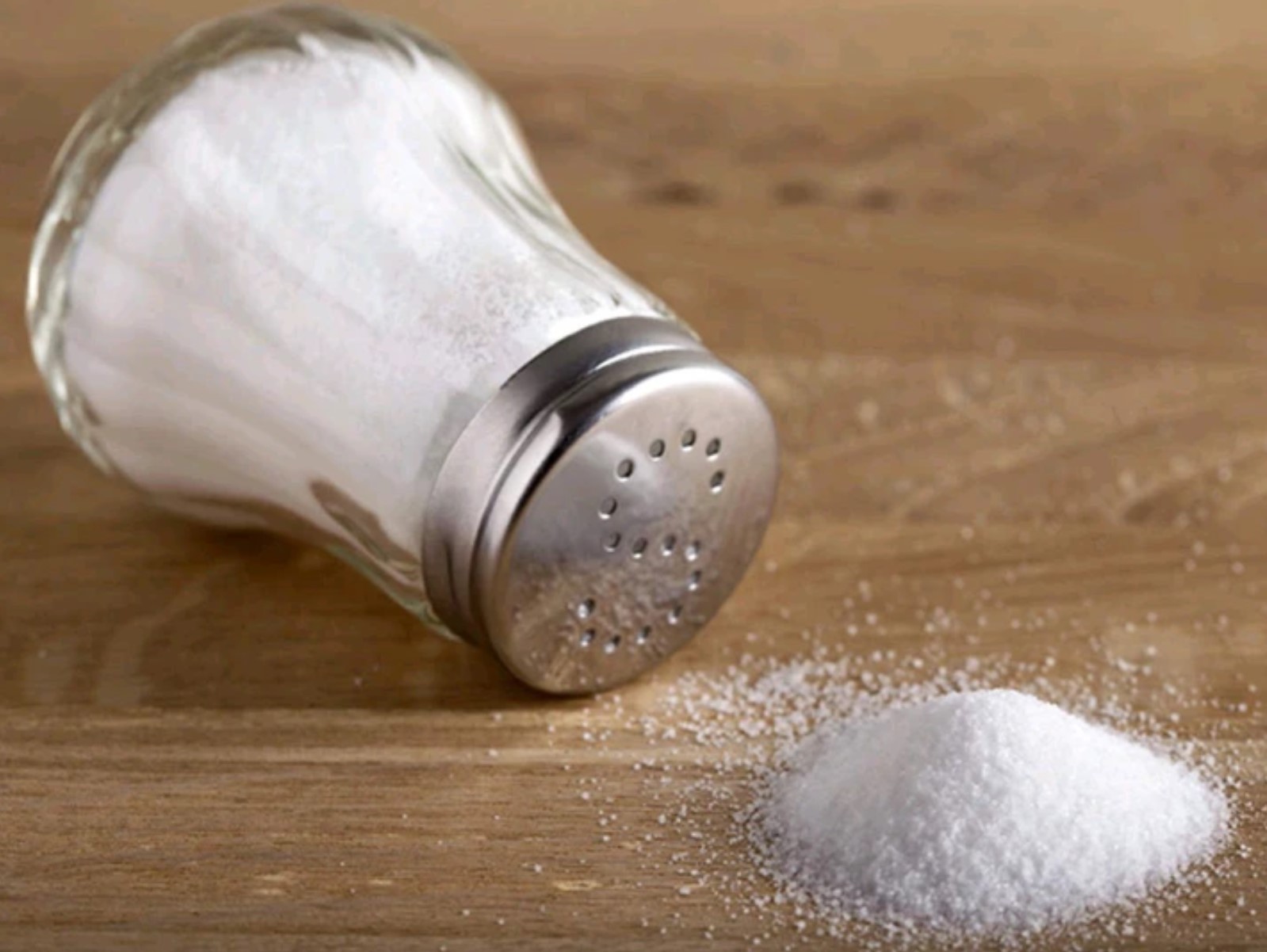What Is Monkeypox?
Monkeypox is an infectious disease caused by the monkeypox virus which results in a rash and flu-like symptoms. Monkeypox is currently spreading globally and within the United States primarily from close contact with an infected person, but historically has also been transmitted to people from contact with an infected animal…Click Here To Continue Reading>> …Click Here To Continue Reading>>
Monkeypox is part of the same family of viruses as variola virus, the virus that causes smallpox. It causes similar but milder symptoms than smallpox and is rarely fatal. There are two known types of monkeypox virus endemic in Africa — one that originated in Central Africa and one that originated in West Africa. The 2022 global outbreak is caused by the West African type, which typically causes less severe disease.
The Centers for Disease Control and Prevention (CDC) is tracking cases of monkeypox detected in countries that don’t normally report the disease, including the United States. Learn more and view the CDC’s map of monkeypox cases in the U.S.
How Does Monkeypox Spread?
Monkeypox spreads when a person comes in contact with an animal or a person who has the virus. Transmission occurs through:
- Direct contact with an infected person’s bodily fluids, sores, scabs or respiratory droplets. This can also occur through cuddling, kissing or sex.
- Contact with recently contaminated materials exposed to skin lesions, including clothing or bedding.
- Scratches or bites from an infected animal, preparing or eating meat or other products from an infected animal, or direct contact with an infected animal’s blood, bodily fluid or sores.
Monkeypox Symptoms
After exposure to the monkeypox virus, the average incubation period is 1 to 2 weeks before symptoms appear.
Early signs of monkeypox include the following flu-like symptoms:
- Chills
- Exhaustion
- Fever
- Headache
- Muscle aches and backache
- Swollen lymph nodes
These flu-like symptoms are then typically followed by the development of a rash. The rash can look like pimples or blisters and can be painful. Lesions can appear on the face, in the mouth, and on the hands, feet, chest, genitals, or anus. Some people get the rash first, followed by other, flu-like symptoms, while some experience only a rash.
The rash goes through different stages, including pimple-like bumps and blisters that crust and fall off before healing completely. The illness caused by monkeypox typically lasts 2 to 4 weeks.
When to seek medical care for monkeypox symptoms
Call your health care provider if you have:
- Fever, aches or swollen lymph nodes
- A new rash or sores
- Close contact with a person infected with monkeypox
Seek emergency medical care if you have:
- A stiff neck
- Chest pain
- Confusion
- Difficulty speaking
- Loss of consciousness
- Loss of mobility
- Seizures
- Trouble breathing
Prevention of Monkeypox Infection
Anyone can get monkeypox, but it can be prevented by limiting close contact with people with confirmed or suspected monkeypox and by vaccination.
Take the following precautions to help prevent monkeypox infection: READ FULL STORY HERE>>>CLICK HERE TO CONTINUE READING>>>
- Avoid close contact with people who have been diagnosed with monkeypox or who have signs and symptoms of monkeypox, including fever and rash; this includes not sharing bedding, towels, and utensils used by the infected individual, which may be contaminated with the virus from skin lesions.
- Clean and disinfect high-touch surfaces.
- If it is necessary to be in close contact with someone with monkeypox, wear a mask that covers your mouth and nose and wash your hands frequently with soap and warm water.
Monkeypox can spread between the time symptoms first appear until the time the rash has fully healed.
If you suspect you have monkeypox or have been diagnosed with monkeypox, there are steps you should take to help prevent spreading the disease to others, including all guidance from your local department of health:
- If you have an active rash or other symptoms, stay in a separate room or area away from people or pets you live with, when possible.
- Isolate at home until all of your skin lesions have scabbed and other symptoms have resolved.
- Wear a mask that covers your nose and mouth if you must be around others.
Vaccination to prevent monkeypox
Vaccination can help prevent monkeypox infection for people who have been in close contact with someone with confirmed or suspected monkeypox, or who are at high risk for exposure to monkeypox.
Two vaccines that are licensed by the FDA to prevent smallpox can also be used to prevent monkeypox infection – JYNNEOS, which is also known as Imvamune or Imvanex, and ACAM2000.
Currently there is a very limited supply of JYNNEOS that is being targeted for use in people who have been exposed to monkeypox, or people who are at very high risk for exposure. ACAM2000 is available, but requires special handling and administration and is not appropriate for many people, including those with certain skin conditions, pregnant people or people with weakened immune systems.
A limited supply of vaccines are currently being distributed through local health departments and select clinics and health systems for eligible patients.
Penn Medicine has an extremely limited supply of vaccine and will identify eligible patients. We are not taking appointment requests for monkeypox vaccines at this time.
Monkeypox Diagnosis
To diagnose monkeypox, your healthcare provider will take a swab from a skin lesion and send it to a lab for polymerase chain reaction (PCR) testing which can detect the virus.
Monkeypox Treatment and Symptoms Management
Monkeypox symptoms typically last from 2 to 4 weeks and most people with monkeypox get better on their own without treatment. However, there are things you can do to feel better, including:
- Drinking plenty of fluids
- Resting
- Taking a warm oatmeal bath. Soaking an oatmeal bath can provide relief for dry, itchy rashes.
- Using over-the-counter pain relievers and fever reducers
Currently, there are no treatments specifically for monkeypox infection. However, given the similarity between monkeypox and smallpox viruses, therapies such as antiviral drugs and immune globulin developed to protect against smallpox may be used to treat monkeypox virus infections, especially for people with severe symptoms.
If you are infected with monkeypox, talk to your healthcare provider for more information on your eligibility for certain treatments, including the antiviral drug, tecovirimat.


 IN-THE-NEWS11 months ago
IN-THE-NEWS11 months ago
 METRO2 months ago
METRO2 months ago
 IN-THE-NEWS11 months ago
IN-THE-NEWS11 months ago
 METRO9 months ago
METRO9 months ago
 SPORTS10 months ago
SPORTS10 months ago
 HEALTH & LIFESTYLE11 months ago
HEALTH & LIFESTYLE11 months ago
 METRO2 months ago
METRO2 months ago
 IN-THE-NEWS11 months ago
IN-THE-NEWS11 months ago


